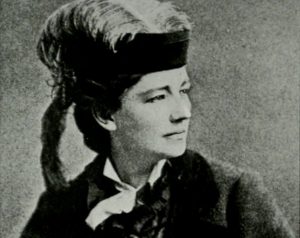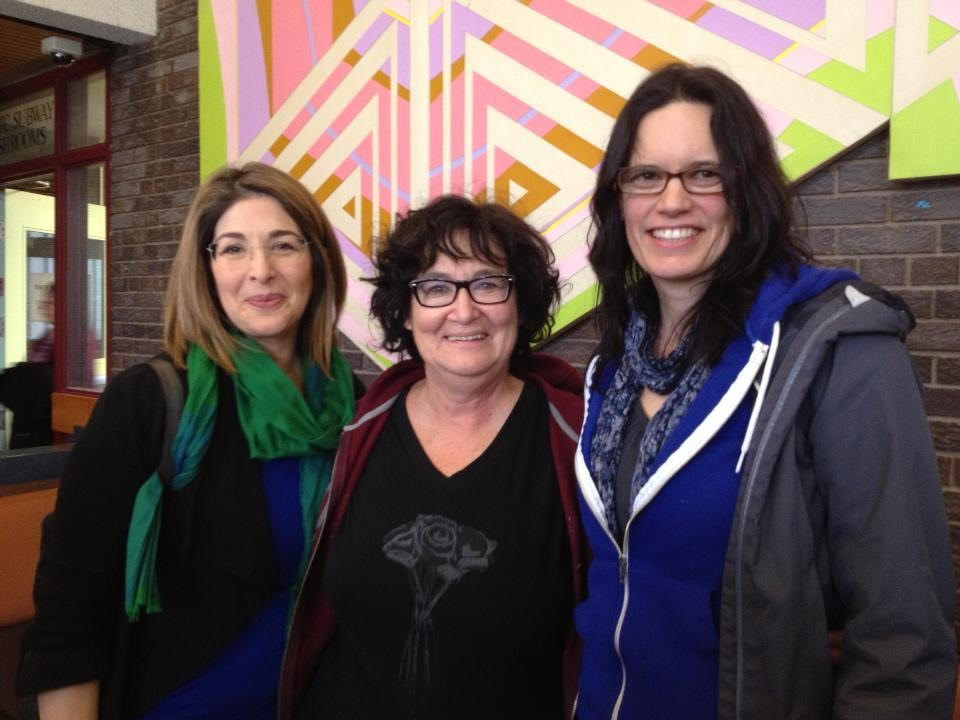As we head into 2022, some mainstream media is doing a good job of summarizing what we legitimately need to fear in 2022.
However, here at LiisBeth, unafraid to look up and ready to act, we see comets, but also the stars, ways to get there, and light that has not yet reached the earth.
With our lens set to different coordinates, we wanted to share with you five 2022 actionable themes and related articles that might serve as useful prompts to stoke some hope plus inform your intention setting and personal liberation work for the coming year.
Learning to Live with Climate Crisis
The climate crisis age is here. We still have to work to reduce its severity. But we now also have to learn to live with it. How do you imagine a tomorrow when the present seems, whichever way you look, to be hovering on the brink of another climate driven hurricane, flood or fire? What does solutioning, living, working, building an enterprise in a climate crisis driven society and economy look like? Catherine Bush’s novel, Blaze Island (2020), gives us a glimpse of the near future and raises larger questions about interfering with nature and the harm or good that may result. Read more, download a free excerpt and watch our interview with Bush and her climate change scientist sister, Elizabeth Bush on YouTube.
The Re-Emergence of Real-Life Feminist Spaces
In this ode to in real life feminist spaces and events, we are reminded about the power of 5D, or even 10D, sensorial-powered spaces, events and connections. Living in Zoom powered 2D for almost two years has shown us what it means to be human. Multi-dimensional, real life, embodied events open our minds and expands our capacity to imagine new worlds. We dream bigger when we spend hours together, bumping shoulders, in real time. We need to make the effort to both create and attend live, large events again–as soon as it is safe to do so.
Increased Support for Revolutionaries
The recent passing of bell hooks shook our hearts and souls. Thank fully we have her books to maintain our relationship with her work. But not every feminist revolutionary becomes famous or writes. Those that do often remind us how important it is to nurture and support all kinds of revolutionaries among us–both large and small; Their work is all interlaced-like an underground mycelium network driving change above. In this article, we talk with adrienne maree brown about “building the new in the shell of the old.” In “Solutionary Ideas from a Love-Based Revolutionary” we interview Rivera Sun who tells us “Change doesn’t just happen through protest. It does not just happen – for regular people anyway – through calling politicians or senators. And it doesn’t usually just happen through buying the right goods as individuals. It happens when we organize.” To learn more on the topic of organizing, check out The Fine Print Episode with Nora Loretto.
To get a glimpse of grassroots revolutionary work, consider reading A Recipe for Justice and Full Stream Ahead.
Coping Effectively with Burnout
We have been writing and publishing more about activist burnout in the past two years. We can’t afford activist burnout. We need everyone pulling on this side of the rope. Heed Instagram artist @liberaljane’s advice which says “You can’t light yourself on fire to keep someone else warm”. So, if you are still feeling the burn as you enter 2022, this interview with Canadian anti-globalization and anti-racism activist, Annahid Dashtgard provides useful strategies for coping and taking the long view approach to this work.
Consider Writing as Medicine for the Soul
Mental health is another casualty of the pandemic. Journaling and writing is often prescribed as part of a healthy coping strategy. If you are thinking of kicking up your journaling work or taking your writing skills to new heights in 2020, you might want to consider joining a writing group–or sign up for a writing school. If the latter is appealing, check out our profile on Sarah Selecky and her writing school here.
Re-engage with the Arts
All arts. Yes. But in particular, re-engage with live music events. More than other cultural experiences, live music performances, in pubs or halls, inspires, bridges differences and can bring joy and pleasure to revolutionary work. If you are looking for a new playlist to energize your soul, check out one of LiisBeth’s ten feminist playlists here. It was compiled just before the 2020 US election but it still electric and relevant. If you want more options, you can listen to ten playlists we have published by typing playlist in the search bar. We also encourage you to keep Venusfest, a feminist music festival, on your 2022 radar.
Finally, if you are lining up your reading list for 2022, have a look at our book recommendations; All feminist classics and must reads in our opinion.
Looking Ahead
Our first story in 2022, written by Sue Nador, will introduce you to Kohenet Annie Matan, a Jewish, feminist, queer, Hebrew Priestess and Mama and her work.
Over the course of the next few months, you will see more “see it, dream it” stories on feminists driving change through community projects, nonprofit, academic, enterprise work, policy making and organizing.
We believe that in 2022, the pandemic-driven economy and political climate will make radical venture design and growth an increasingly lonely and difficult endeavor as people turn their attention, time and money to surviving the now versus building the new.
Now more than ever, radical work will depend on the support of the people–you.-
Related Reading

The Nuffers Are Coming!
What if ordinary women entrepreneurs started a rebellion? And why would they?

Lessons from the Downfall of a Feminist Leader
A 19th century successful, edge-walking feminist entrepreneur, publisher and leading suffragette who racked up a number of firsts—in politics and business—suffered harsh consequences. What can we learn from Victoria Woodhull experience that still applies today?





























